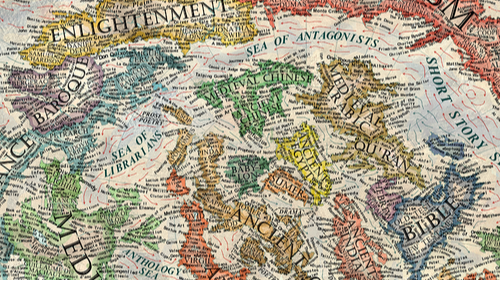
When teaching difficult historical periods and human experiences, it’s important to create a safe and respectful environment where empathy and understanding are central. Setting clear expectations for respect, using trigger warnings, and reminding students that the goal is to learn—not sensationalise suffering—helps establish this tone. The resources you choose should match the age and maturity of your students: younger learners might connect better with stories, children’s books, or accessible documentaries, while older learners can handle primary sources, survivor testimony, or historical documents. To really humanise these experiences, focus on personal narratives like diaries, letters, or oral histories, which highlight not only the trauma but also resilience and survival. Critical thinking should also be encouraged—ask students why events happened, what lessons can be learned, and how these histories shape the present. Make space for multiple perspectives by including voices often left out, such as Indigenous or minority groups, and by acknowledging the roles of victims, perpetrators, bystanders, and resistors. Creative and reflective activities can deepen engagement, whether through role-play debates, journaling, or linking past injustices to present-day human rights struggles. Above all, balance stories of suffering with those of hope and progress, showing students that even in dark times, there are examples of resistance, solidarity, and change, and that learning from the past can inspire us to build a more just future.
Mary Diamond

